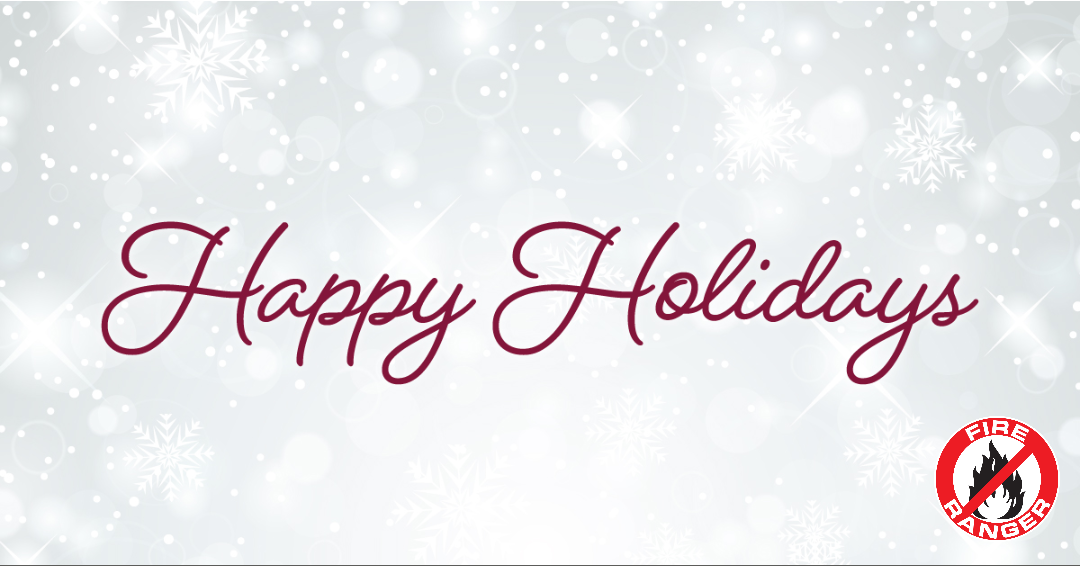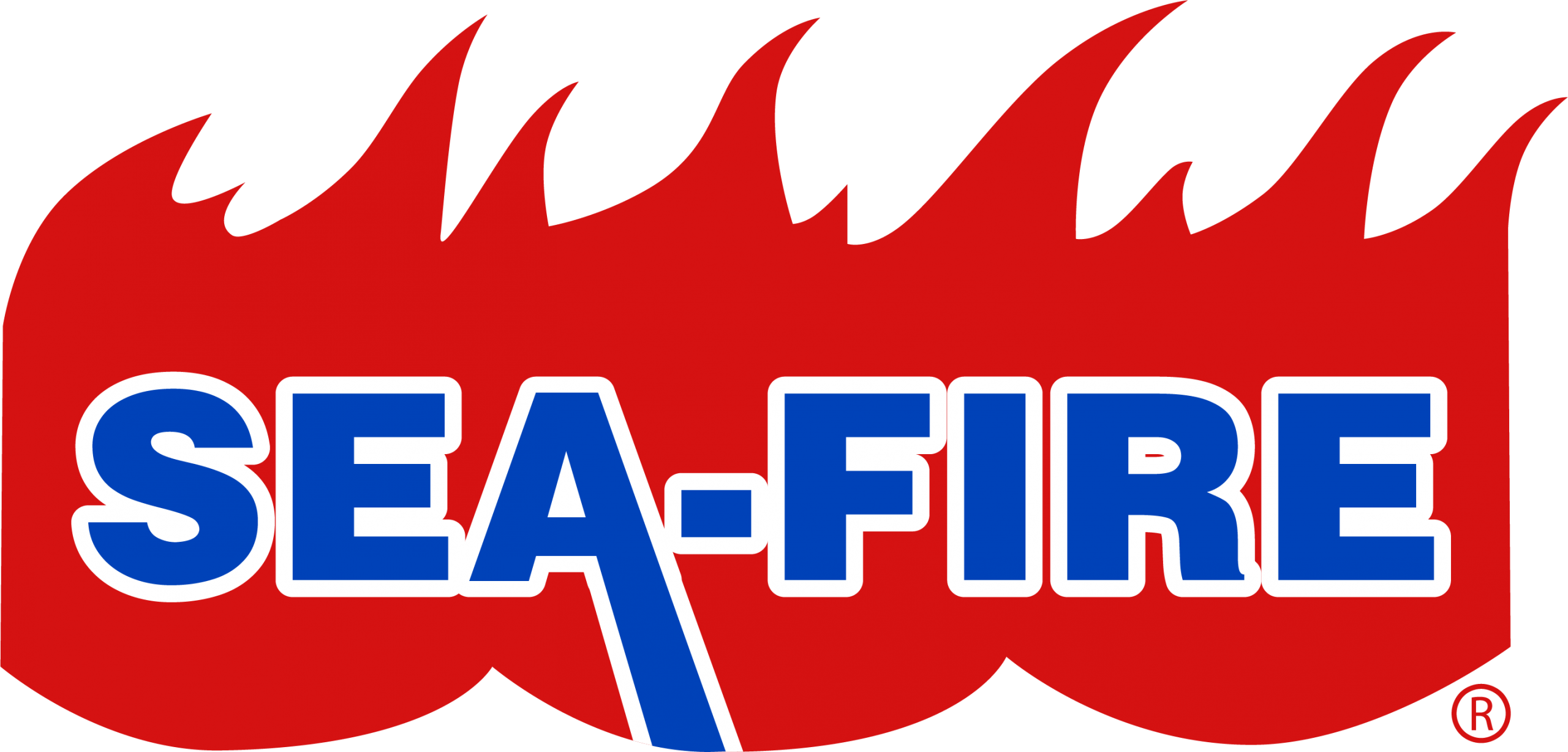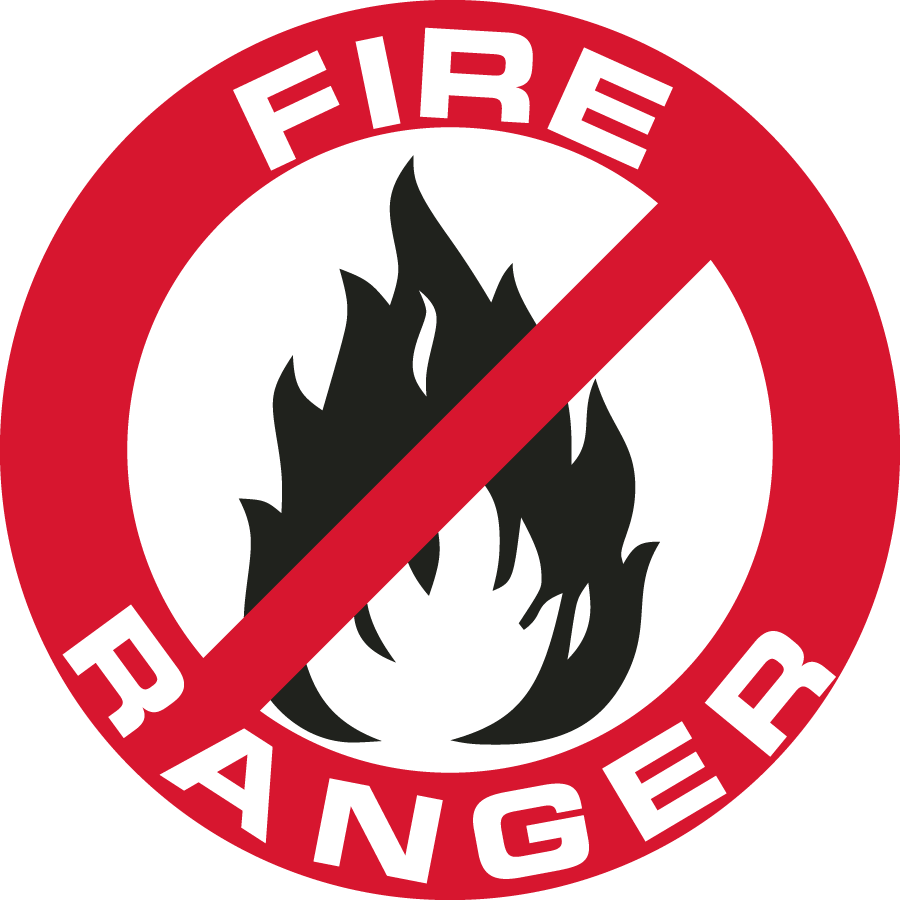Understanding Electrical Fires & How to Safely Extinguish Them
 Electrical fires can be more hazardous than other fires because an “active” electrical fire can affect the electrical wires within the walls of the entire building.
Electrical fires can be more hazardous than other fires because an “active” electrical fire can affect the electrical wires within the walls of the entire building.
Active electrical fires, meaning electrical fires that are still connected to the electrical source are more dangerous due to the likelihood of the fire spreading through the electrical system of the building. Computers and overloaded outlets are a common source of an active electrical fire!
Prevention of electrical fires is perhaps the most important element. The reason computers are the biggest culprit of electrical fires is that most computer users tend to overload extension cords because there are so many extras to plug in.
If there is someone else present when the fire starts have them go to the circuit breaker box or fuse box and flip all the circuits to off. There may be a single main switch to the house if so flip that off. That will cut off the electricity to the building.
When you are alone knock the cord out of the wall with a yard stick or other non-conductive material. Do not use your bare hands to pull out the cord as it could be very hot.
It may sound obvious but never use water to try to put out an electrical fire. Water conducts electricity and you could make the situation a lot worse. Always use a Class ‘C’ or an ‘ABC’ fire extinguisher.
P.A.S.S. Is the Acronym to Remember when Using a Fire Extinguisher
P = Pull the pin.
All fire extinguishers are designed to work the same way, they have a pin within its handle that acts as a release mechanism. The operator must pull the pin out to engage the fire extinguisher. Holding the nozzle with one hand, while holding on the tank by the other.
A = Aim at the nozzle at the fire.
Stand back at least six to eight feet (more if possible) from the fire, aim the nozzle of the fire extinguisher toward the fire’s base, do not point at the flames. Aiming low will smother the fuel or the cause of the fire, not the actual flames. Firmly gripping the nozzle to ensure the spray of the extinguisher’s chemicals go where those are needed.
S = Squeeze the lever.
Fire extinguishers have a lever inside the handle, which must be depressed after the safety pin has been removed. Squeezing the lever propels the flame-retarding chemicals into the fire. Releasing the lever will stop the flow of chemicals.
S = Sweep from side to side.
Moving the fire extinguisher from side to side sweeping over the fuel of the flames. This movement will allow more chemical extinguishing agents to encompass a larger area. Continue sweeping the extinguisher’s nozzle from side to side until the flames are completely smothered.
Once all visible flames are gone, continue to monitor the fire site until professional firefighters arrive to ensure the fire is completely out.
Have your fire extinguisher recharged or replaced immediately after use.









